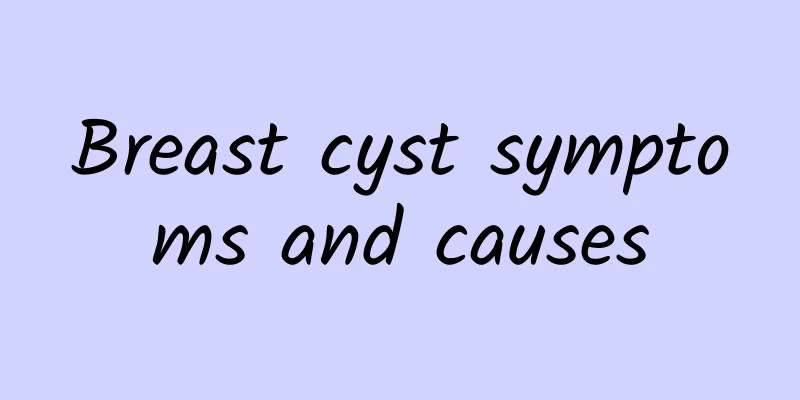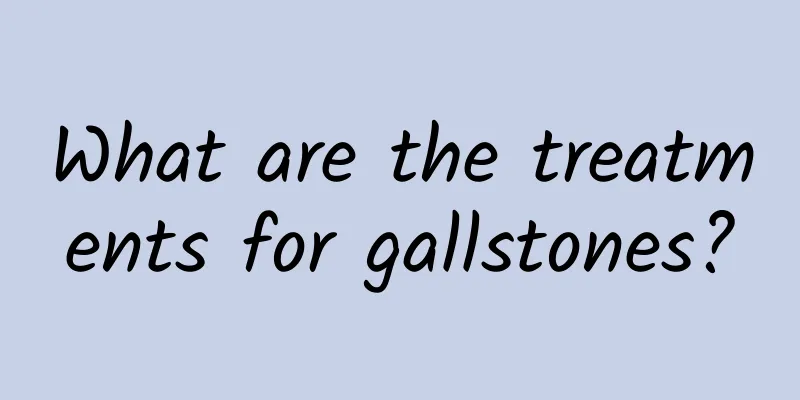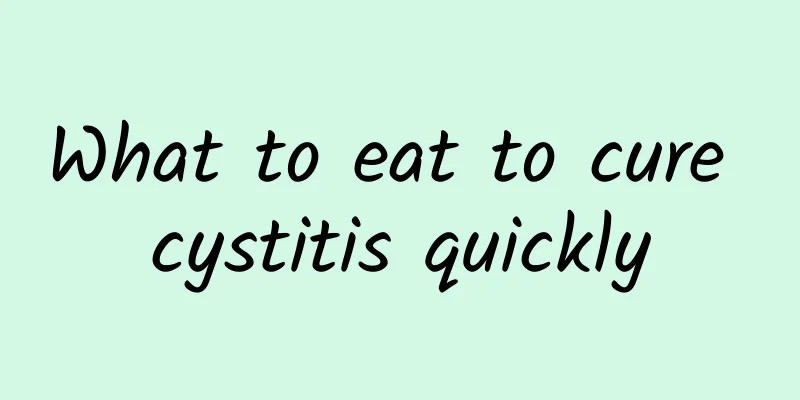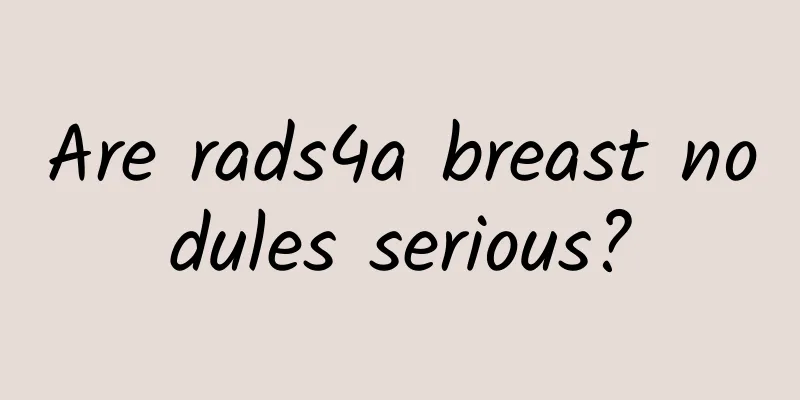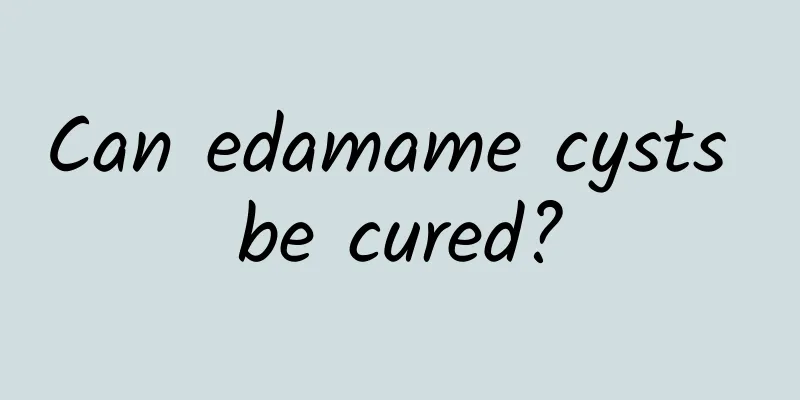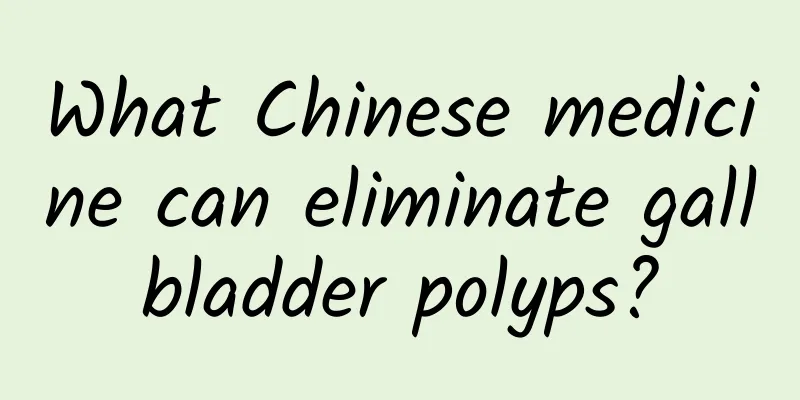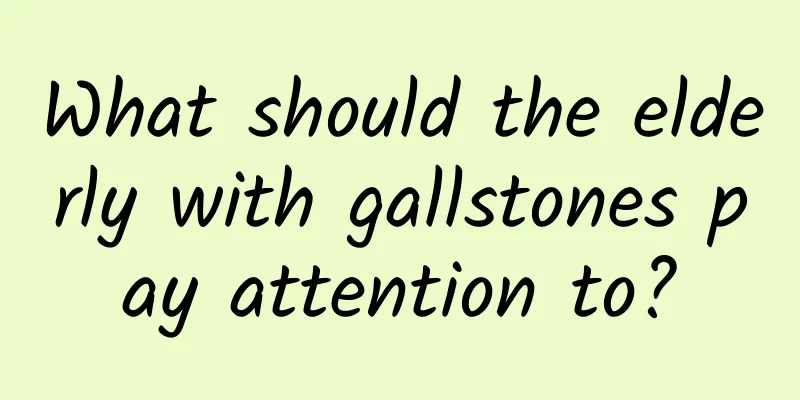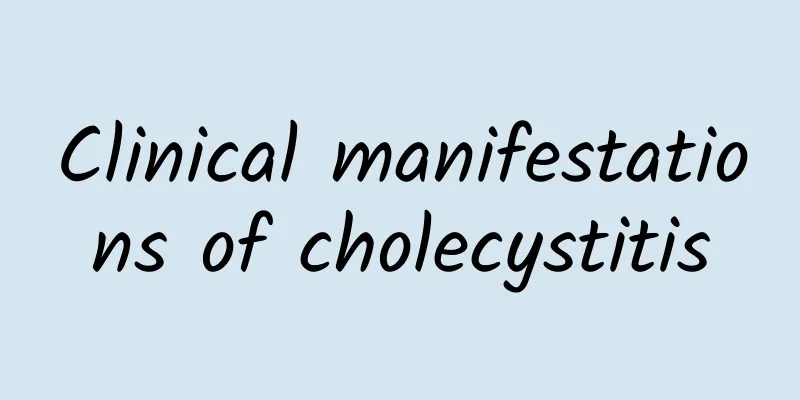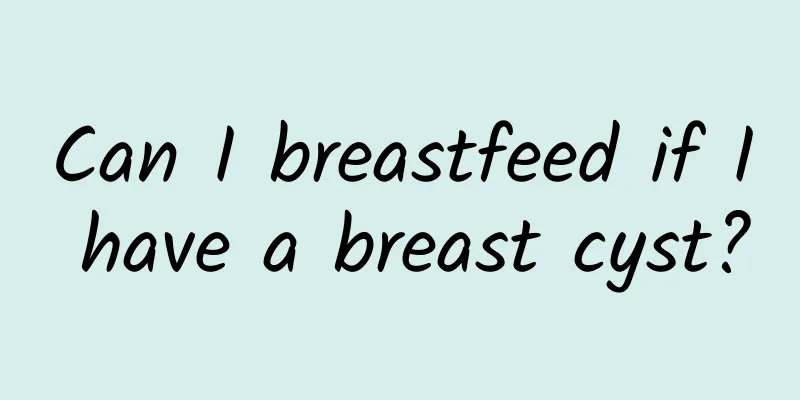What are the dangers of gallstones and how to treat them?
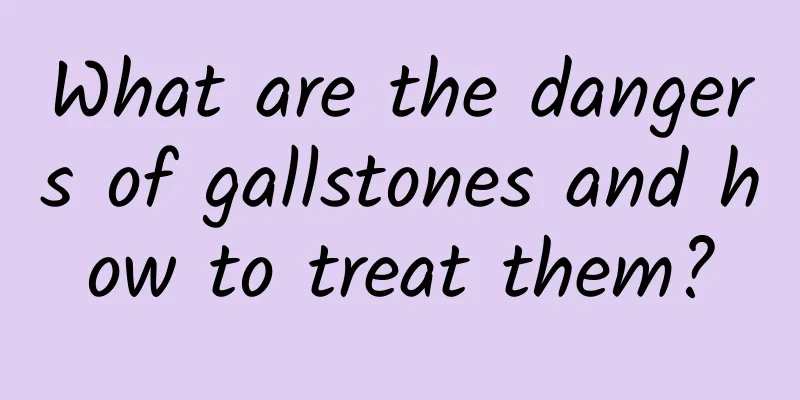
|
Gallstones may cause severe abdominal pain, gallbladder infection, bile duct obstruction, and even pancreatitis or liver damage in severe cases. Timely treatment can avoid these complications. Common treatments include drug lithotripsy, minimally invasive surgery, and dietary adjustments. It is important to choose the right method based on the specific condition. 1. The harm of gallstones (1) Abdominal cramps The most common symptom of gallstones is biliary colic, which is often manifested as sudden severe pain in the right upper or middle upper abdomen, usually after eating greasy food. This pain may radiate to the shoulder and back, accompanied by nausea, vomiting, and even fever. If the pain recurs, it may cause great interference to the patient's daily life. (2) Gallbladder infection When a gallstone becomes lodged in the neck of the gallbladder or in the cystic duct, it can cause cholecystitis. This inflammation manifests as persistent abdominal pain that may be accompanied by fever, chills, and even jaundice. If the infection is not controlled in time, it may develop into purulent cholecystitis, which is life-threatening. (3) Biliary obstruction and secondary infection If a gallstone falls into the common bile duct, it may cause bile duct obstruction, which prevents bile from flowing normally. This can cause jaundice, itchy skin, and may lead to cholangitis, which is manifested by the "triad" of high fever, abdominal pain, and jaundice. (4) Pancreatitis Stones that fall into the common bile duct may block the outlet of the pancreatic duct and induce acute pancreatitis. Acute pancreatitis is a serious complication that may manifest as severe abdominal pain, fever, shock, and in severe cases, life-threatening. (5) Impaired liver function Long-term bile duct obstruction may lead to liver damage and even develop into cirrhosis. 2. Treatment of gallstones (1) Drug treatment For some smaller gallstones, the condition can be relieved by dissolving them with drugs. Commonly used drugs include ursodeoxycholic acid and chenodeoxycholic acid, which can dissolve cholesterol stones. However, the course of drug treatment is long, the effect varies from person to person, and the recurrence rate is high. (2) Minimally invasive surgical treatment If the stones are large or the symptoms are severe, laparoscopic cholecystectomy is currently the most common treatment. This is a minimally invasive surgery with small incisions and quick recovery. Generally, patients can be discharged from the hospital a few days after surgery. For common bile duct stones, ERCP (endoscopic retrograde cholangiopancreatography) technology can be used for stone removal. (3) Non-surgical adjuvant treatment Some patients can choose extracorporeal shock wave lithotripsy (ESWL), which uses high-frequency sound waves to break up gallstones and then excrete them through bile. This method is suitable for some patients who are not suitable for surgery, but it may not completely remove the stones. (4) Dietary adjustment Adjusting your diet can effectively prevent stones from getting worse. It is recommended to reduce the intake of high-fat, high-cholesterol foods and eat more fiber-rich foods, such as fruits, vegetables, and whole grains, to keep bile flowing smoothly. (5) Regular physical examination For patients with gallstones who do not yet have obvious symptoms, regular ultrasound examinations are recommended to dynamically observe changes in the stones and prevent potential complications. 3. Humanistic care and action suggestions Although gallstones are common, their harm cannot be ignored. If gallstones have been diagnosed, avoid delays, consult a professional doctor in time, and choose the appropriate treatment method. Asymptomatic gallstone patients need to pay attention to their own conditions, adjust their eating habits, reduce high-fat diets, increase exercise, and reduce the risk of gallstone recurrence or deterioration. If you experience persistent abdominal pain, jaundice, fever, or other symptoms, you should seek medical attention immediately to prevent your condition from getting worse. Scientific treatment combined with a good lifestyle can help gallstone patients recover and enjoy a high quality of life. |
<<: Can I eat tofu when I have breast cysts and breast nodules?
>>: Perianal abscess hanging thread therapy
Recommend
What are the hazards of cadmium to human body?
Cadmium is a heavy metal that is potentially harm...
How to treat synovitis in children and what causes it
How is synovitis treated in children? What causes...
Can I drink honey if I have breast nodules?
If you have nodules in your breast, you can drink...
What does urine point mean?
The term "urinary point" may sound unfa...
How to treat intracranial saccular aneurysm
Treatment options for intracranial saccular aneur...
How much does minimally invasive surgery for gallstones cost?
The treatment of gallstones usually adopts minima...
What supplements should not be taken by women with hepatic hemangioma
Women with hepatic hemangioma should avoid high-f...
Symptoms and treatment of gouty synovitis
Symptoms and treatment of gouty synovitis: Gouty ...
Can I feed my baby milk if I have a breast cyst?
Breast cysts usually do not affect breastfeeding,...
How to treat suppurative osteomyelitis
If there is a lot of pus or the pressure is high,...
What is the reason for less milk after mastitis?
Most mastitis is caused by bacterial infection ca...
Is it necessary to circumcise the perianal abscess as a sign of recurrence?
When perianal abscess recurs, surgical incision a...
Hypersecretion of mucous glands in the pharynx
Hypersecretion of laryngeal mucous glands may be ...
What fruits and foods should not be eaten for breast cysts
Dietary management of breast cysts requires atten...
How to relieve headache caused by cerebral vasospasm in a 10-year-old child?
Headaches caused by cerebral vasospasm in 10-year...
